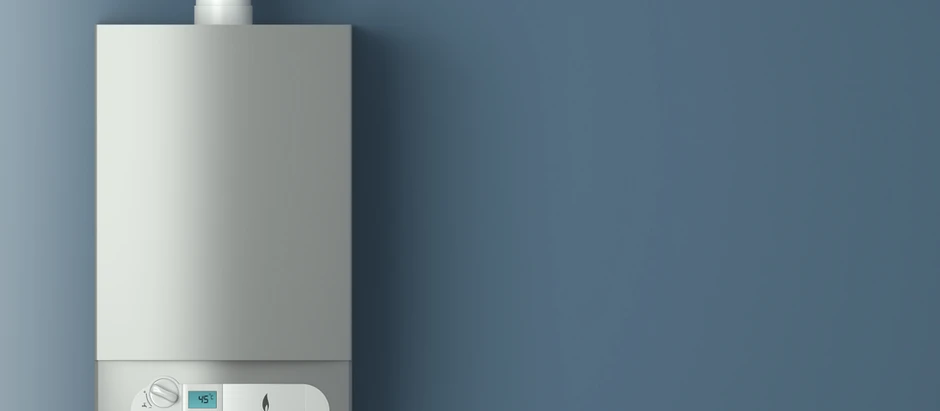Hello this Dustin, The Home Mender and today we are going to change out an electric water heater. Pretty basic, pretty simple. So we’ll get it knocked out. Let’s get to it.
1 Turn off the breaker at the panel, usually labeled “water heater” and then we’re going to turn off the water valve on top of the water heater.
2 Drain the water heater Use a common garden hose and hook it up to the spigot on the side and run it out to the driveway, turn on the valve, open it up and drain the water heater. You can flip the tab and open up the pressure release valve . It allows the water to flow out a little faster by venting.
3 Disconnect the electric. You want to test the feed with an electrical tester to be sure its off before handling the wire connections. You want to test to make sure that it is actually off. Otherwise, you are just relying on someone else. And hopefully they did their job right and labeled the breaker correctly.
4 Cut the copper water lines On an older water heater, you may just have copper lines straight in. New ones will have the fancy steel braided hoses or copper ones. You can cut the copper lines with a tube cutter.
5 Pull out the water heater After the water has drained out enough to lift it, you can dolly that old water heater out and set the new one in it’s place. So here it is. It’s nice and pretty. We do want to make sure that our electrical line is going to be long enough to reach it. Also, you want to make sure that your hose bib where we drain the water heater before is accessible.
6 Prepare the cut pipes Use sand paper to sand down the copper to Get it nice and pretty, it will shine up like Grandma’s brass. And the other line, too ( both hot and cold side) ,
7 Make the electrical connections Usually the wires are labeled. If they’re not, hooking them up, exactly how you found it is a good rule of thumb. Secure the ground and connect the colored wires. White to white, red to red, black to black. Get a good 3 twists with some lineman’s pliers and a wire nut on each connection. Now cram the ten pounds of wire into a five pound hole. Install the cover plate.
8 Connect the supply hoses. I’m using a 3/4 inch steel braided, shark bite fitting connection, which is amazing. They’ve got these little push on fittings, push in, pull it back to lock it, secure and very sweet. Make sure you run your supply line, obviously to your cold side on the water heater. The water heater is usually labeled on top cold or it will be labeled with a red or blue something or other. Secure the shark bites and the female ends of the steel braided supply hoses.
9 Fill the water heater Turn on the water supply to your water heater and fill up the tank…DO NOT turn on the power to it until the tank is full. Otherwise you can burn up the heating elements.
10 Run the pressure temperature relief valve or TPR valve.
This is the valve on top or the side of you water heater. These need to be extended within six inches of the floor to avoid scalding issues. Use your copper male or cpvc fitting and some thread sealant and thread it into the tpr valve. Glue or solder pipe onto the fitting and extend it to within 6 inches of the floor. If you are using copper, sweat the fitting on to your pipe before installing on the tpr valve. You do not want to melt the gaskets inside.
11. Turn on the Power After the tank is full , turn back on the breaker for the water heater.
12. Bleed the water lines . Go into the house and open the hot sides on all the sinks and showers to remove the air from the water lines in the house…The faucets will choke and spit for a while as the air is forced out and a solid stream of water begins to flow.
That’s it. This can be done in about 30 minutes So all that’s left to do is clean up the mess and then enjoy a hot shower. For Home Mender, I’m Dustin. I hope you learned something today and if you did, don’t forget to subscribe.

